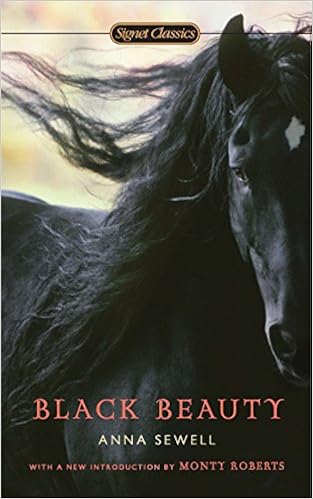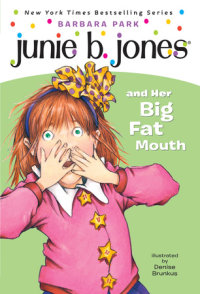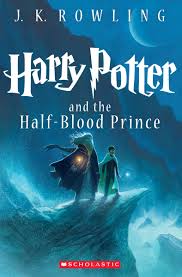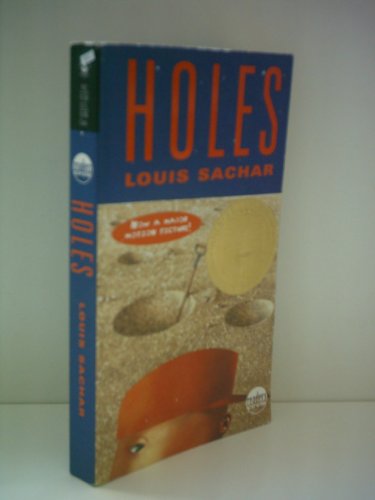GROWING TULIPS AND OTHER READERS
For most of the year, third-grader Haylee had flitted around the reading room, skittish, looking up from her book every few seconds. She read as if a wildfire threatened the east wall of the classroom, looking up every few seconds as if checking to see if danger had broken through. She read as if she needed to know if now was the time to run.The Mysterious Nature of Just-Right
Haylee's story illustrates the mysterious nature of what is just right when helping our struggling readers select books. I most often use all the customary formulas for helping my students pick just-right books. From time to time, though, something powerful happens - as Haylee's story illustrates - that is all the just-right formula our readers need. Of all the typical tools in my teacher toolbelt, supporting readers as they blossom is my favorite.I didn't know for sure what began the change.
Stuck on Junie B.
One day, while picking at the usual Junie B. Jones books in their red plastic basket, Haylee suddenly announced she wanted something new. She turned away from the “second grade” chapter book shelves. She eyed the thicker “fourth and fifth-grade” books with a quick look.Can I Read Strider?
![Strider (Leigh Botts Book 2) by [Cleary, Beverly]](https://images-na.ssl-images-amazon.com/images/I/513YXAzs%2BUL.jpg) “Can I read Strider?” she asked.
“Can I read Strider?” she asked.“Wel-l-l.” I drew my sentence out, looking for the right answer.
“What about this one?” She held up Black Beauty - a long book written at seventh-grade level.

“We-l-l,” I repeated, giving her time to touch each paperback, time to fill the space between us with what she needed.
I was taken aback. She hadn’t shown any interest in reading anything, let alone harder books. She was barely able to concentrate on the short chapter books I’d required her to read. While I stalled for time, I tried to figure out what she needed, what had brought her to this point. What was her commitment to these longer, harder books? How badly did she want it? Was it a passing thought, like a crawling baby’s interest in a table leg?
“Well,” I said again, stringing the thoughts together like cranberries. “These are pretty hard. They’re fourth-grade books, or fifth-grade books, or eighth-grade books. You’re not a fourth-grader or fifth-grader or eighth-grader. You’re not expected to be able to read these.”
I smiled and waited, letting her try on the information for size.
I Want to Read a Book Like This
“I want to read a book like this,” she said with a quick flash of something being born in her eyes.
“You’re sure you don’t want to read another Junie B.? They’re pretty funny,” I asked.
Is that your final answer?

She shook her head, no.
“You’re sure you don’t want to read another Junie B.? They’re pretty funny,” I asked.
Is that your final answer?

She shook her head, no.
Like a Tinker Opening His Coat to His Best Wares
“OK,” I said, and shoved off from shore. “Let me show you something.” I turned toward the opposite shelf, like a tinker opening his coat to his best wares.The Best First Long Chapter Book
“This is the book I recommend you start with - Sideways Stories From Wayside School. It’s the best first long chapter book. Just about everybody I know enjoys it. People usually pass the quiz and it’s very funny. It has short chapters; one chapter is only one sentence long! I definitely recommend it for people who want to try a longer chapter book.”
![Sideways Stories from Wayside School by [Sachar, Louis]](https://images-na.ssl-images-amazon.com/images/I/61Pw%2BRyrh-L.jpg)
At first she had trouble decoding most of the words on the page. I wondered if what I was doing was right. Conventional wisdom says readers should only read books that are “right” for them. “Right” for most people means “in their reading range.”
![Sideways Stories from Wayside School by [Sachar, Louis]](https://images-na.ssl-images-amazon.com/images/I/61Pw%2BRyrh-L.jpg)
At first she had trouble decoding most of the words on the page. I wondered if what I was doing was right. Conventional wisdom says readers should only read books that are “right” for them. “Right” for most people means “in their reading range.”
The Five-Finger Rule
One rule of thumb measures a book for “rightness” by testing how many unfamiliar words a student encounters on a typical page. This “five-finger” rule states that any time a student encounters more than five unfamiliar words on a page, that book is probably too hard.
I wrote a note to Haylee’s teacher hoping to reassure her. She had her doubts. But Haylee, like a green tulip shoot, was bursting out of her protective bulb shell.
I wrote a note to Haylee’s teacher hoping to reassure her. She had her doubts. But Haylee, like a green tulip shoot, was bursting out of her protective bulb shell.
The Enthusiasm Spreads
Her enthusiasm spread to her classmates. Soon several children in her class had abandoned their Junie B. and Magic Treehouse books in favor of the much harder and longer Harry Potter, Shiloh and Beverly Cleary books - leaping past several steps at once. Now her teacher was really concerned.





Challenge, Rest, Challenge
After Sideways Stories, Haylee rested with several easy books, then tackled Ramona’s World. She didn’t pass the quiz, but enjoyed the book and remained energized to keep trying. After that, she read a Harry Potter book with her mom.Suddenly, They're Too Easy
“These books are too easy!” she exclaimed in surprise one day after reading another Junie B. book. Suddenly, the “easy books” she’d struggled with just a few weeks before seemed simple.
Growth Isn't Always in Measured Steps
Two months after her decision to read harder books, she was reading Holes, a long, fourth-grade book. She read smoothly, encountering only five or six new words per page. Growth, though sequential, isn’t always in measured steps.Haylee Became a Reader
Like the tulip bulb in spring that bursts suddenly open in order to live, Haylee became a reader. Like tulips, she would continue to need care and feeding, but she was blooming and on her way.JUST-RIGHT READING: 3 STORIES
Read Tristan's story:
JUST-RIGHT CHALLENGE: Tristan's Story
Read Samantha's Story:
I LOVE MYSELF! Samantha's Story
Read Samantha's Story:
I LOVE MYSELF! Samantha's Story
MORE TO EXPLORE
CHECK OUT THESE OTHER GREAT IDEAS TO
SPARK A LOVE OF LEARNING IN YOUR UPPER ELEMENTARY STUDENTS.
From left to right:
Spark a Love of Social Studies | Tried and True Teaching Tools
3 Ways to Inspire a Love of Fractions | Mix and Math
Just-Right Reading: I Love Myself! | Reading by Heart
5 Ways to Ignite a Love of Math Problem Solving | Think Grow Giggle
Absent Work that Students and Teachers Love | Elementary Inquiry
Loving to Write Informational Texts | Mikey D Teach
How to Build a Love of Geometry | Love Learning



















